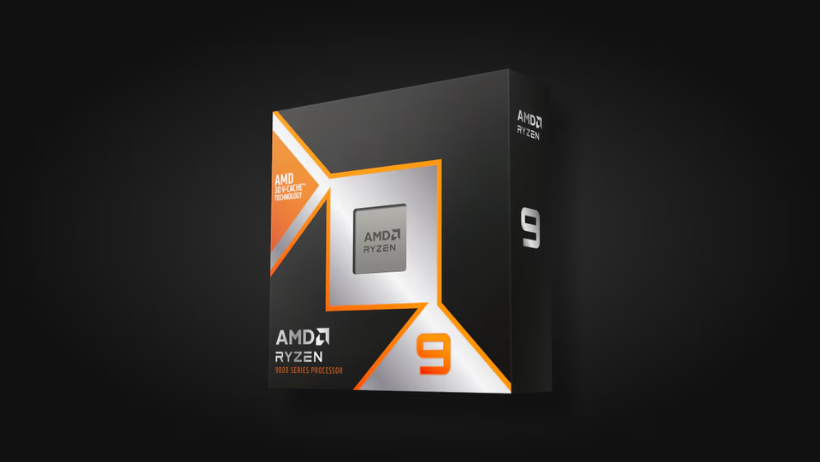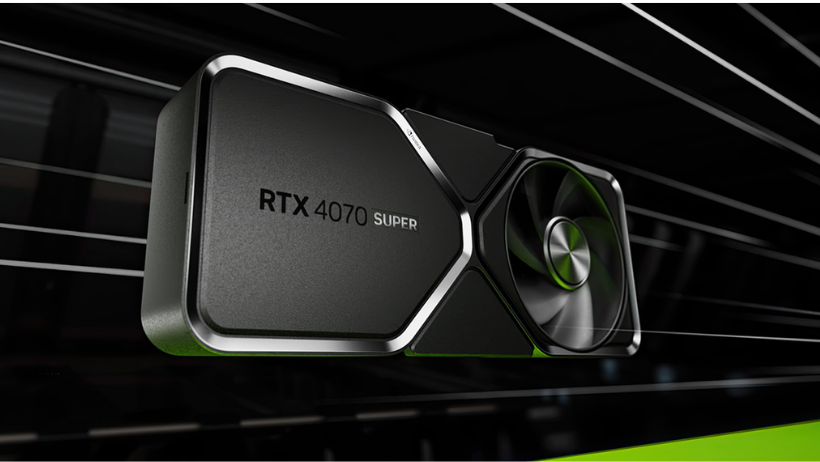If you want to create stunning architectural renders, then having the right computer setup is essential. In 2025, architectural visualization is more detailed than ever — and that means you’ll need a powerful PC to keep up with modern 3D tools. In this blog, we’ll explore the best PC build for architectural rendering, including the most important hardware components and options for every budget. Whether you’re just starting or already a pro, this guide will help you build a fast and reliable workstation.
Why Your PC Specs Matter for Architectural Rendering
Before we get into the parts list, it’s important to understand why your PC matters. Architectural scenes often include detailed models, high-resolution textures, and complex lighting. These can be difficult to process without strong hardware.
Therefore, if you want smooth performance and faster rendering times, investing in the right components will make a big difference.
Recommended Hardware for Architectural Rendering in 2025
Let’s now take a look at the most important parts to consider for your next PC build for architectural rendering.
1. CPU (Processor)
First of all, you’ll need a fast CPU to handle modeling, simulations, and rendering.
Top Choices:
- AMD Ryzen 9 9950X3D – Great for balancing speed and power, especially for creative work.
- Intel Core i9-14900K – Excellent performance for both single-core and multi-core tasks.
These processors are ideal for heavy 3D workloads.
2. GPU (Graphics Card)
Next, the GPU is key to handling rendering engines like V-Ray, Cycles, or Lumion.
Top Choices:
- NVIDIA RTX 4090 – Fast rendering, great for real-time previews.
- NVIDIA RTX 5090 – Even more powerful, perfect for complex architectural projects.
With a strong GPU, you’ll get smoother performance in both viewport and final renders.
3. RAM (Memory)
Additionally, having enough RAM will allow you to work with large scenes more comfortably.
- Minimum: 32GB DDR5
- Recommended: 64GB DDR5 or more
If you regularly work with large files or multitask, consider upgrading to 128GB.
4. Storage
After that, let’s talk about storage. Fast drives help you open and save projects quickly.
- Main Drive: 1TB NVMe SSD – For system files and current projects.
- Secondary Drive: 2TB SSD or HDD – For backups and asset libraries.
Using multiple drives can improve performance and help you stay organized.
5. Monitor
Finally, don’t forget about your screen. A good monitor helps you see details clearly.
- Recommended: 27″ 4K IPS with 100% sRGB
- You might also want to use a second monitor for extra workspace.
This setup is especially useful for modeling, texturing, and previewing renders.
Example: High-End PC Build for 2025
Here’s a complete sample build for professionals or studios:
| Component | Specs |
| CPU | AMD Ryzen 9 9950X3D |
| GPU | NVIDIA RTX 4090 |
| RAM | 64GB DDR5 (or 128GB) |
| Storage | 1TB NVMe SSD + 2TB SSD |
| PSU | 1000W Gold Certified |
| Monitor | 27″ 4K IPS or dual monitors |
This PC can handle anything from interior walkthroughs to large architectural flyovers.
What If You Don’t Want to Build a PC?
Of course, not everyone wants to build a PC from scratch. Fortunately, there are other options:
- You can buy a pre-built workstation from trusted brands like Puget Systems or Boxx.
- Or you can use a cloud rendering service like 3S Cloud Render Farm. With 3S, you can rent high-performance GPUs designed for Blender, 3ds Max, and more — no hardware required.
This is a smart option if you’re working on large projects or need extra power occasionally.
Conclusion
To sum up, the right PC build for architectural rendering can make your workflow faster, smoother, and more professional. By investing in a strong CPU, a powerful GPU, and enough memory, you’ll be ready to handle complex scenes with ease.
However, if buying or upgrading a PC isn’t an option right now, services like 3S Cloud Render Farm offer an affordable and flexible solution. Just upload your project and let the cloud do the heavy lifting.
Want to boost your render speed today?
Try 3S Cloud Render Farm and see the difference for yourself.
Would you like me to adapt this for a short LinkedIn post or newsletter format too?
>>> Read more: 10 Best Desktop for 3D Rendering (2025 Edition)

